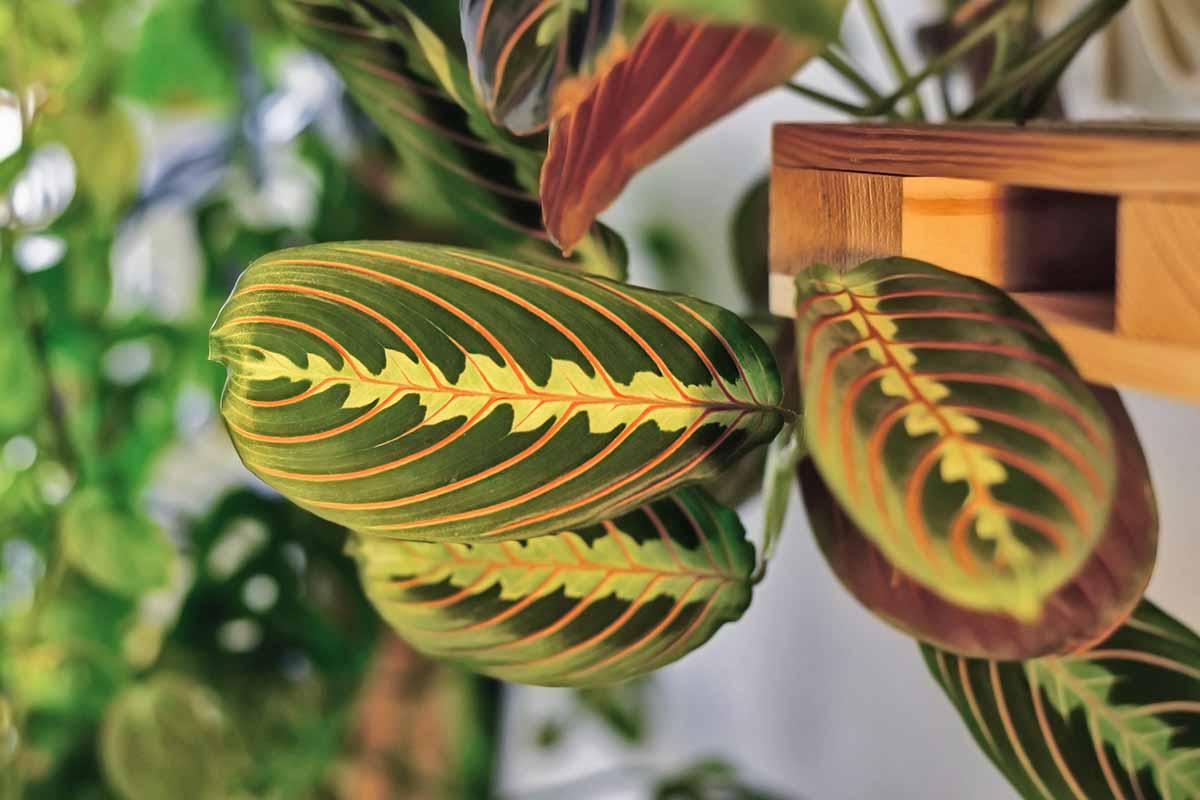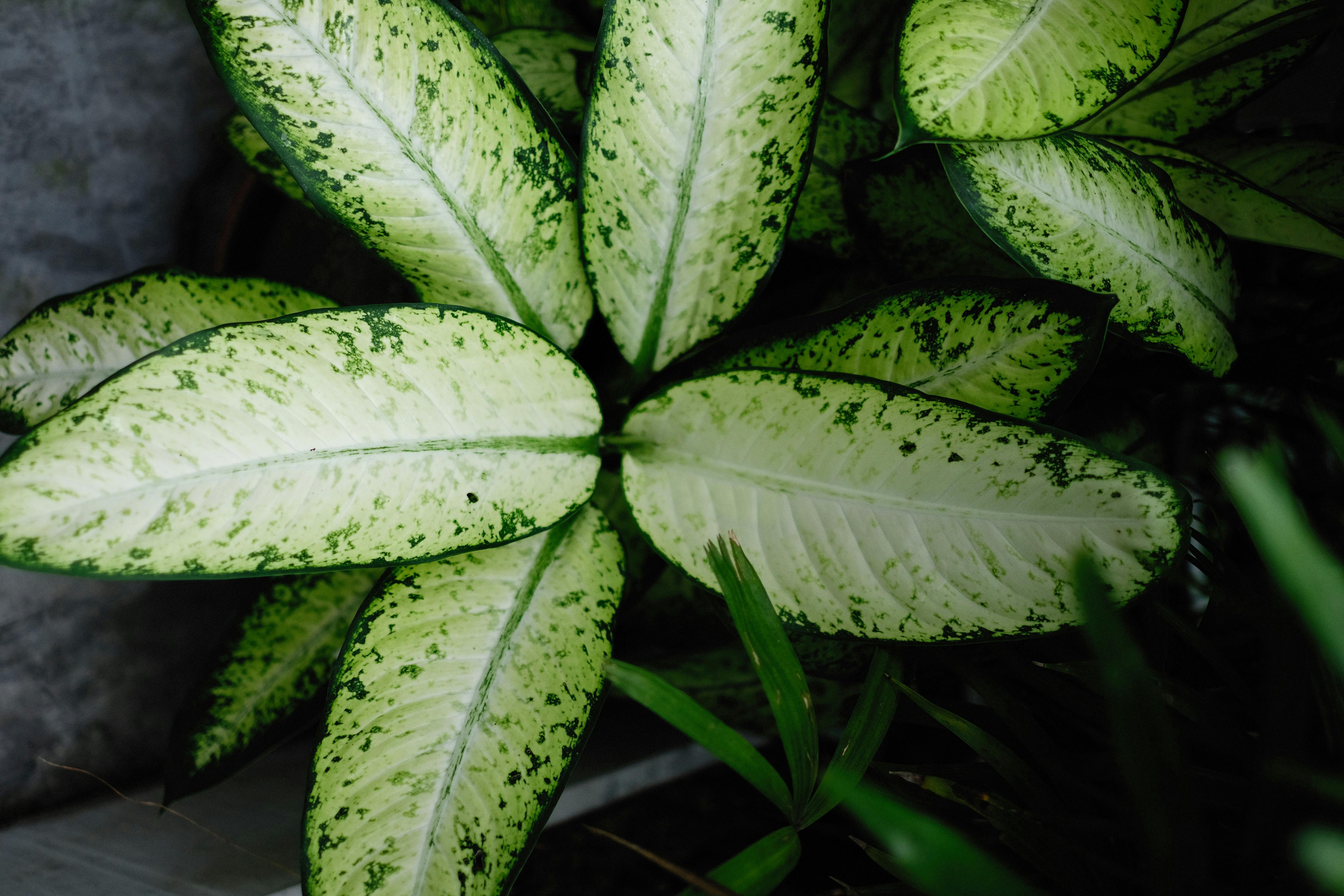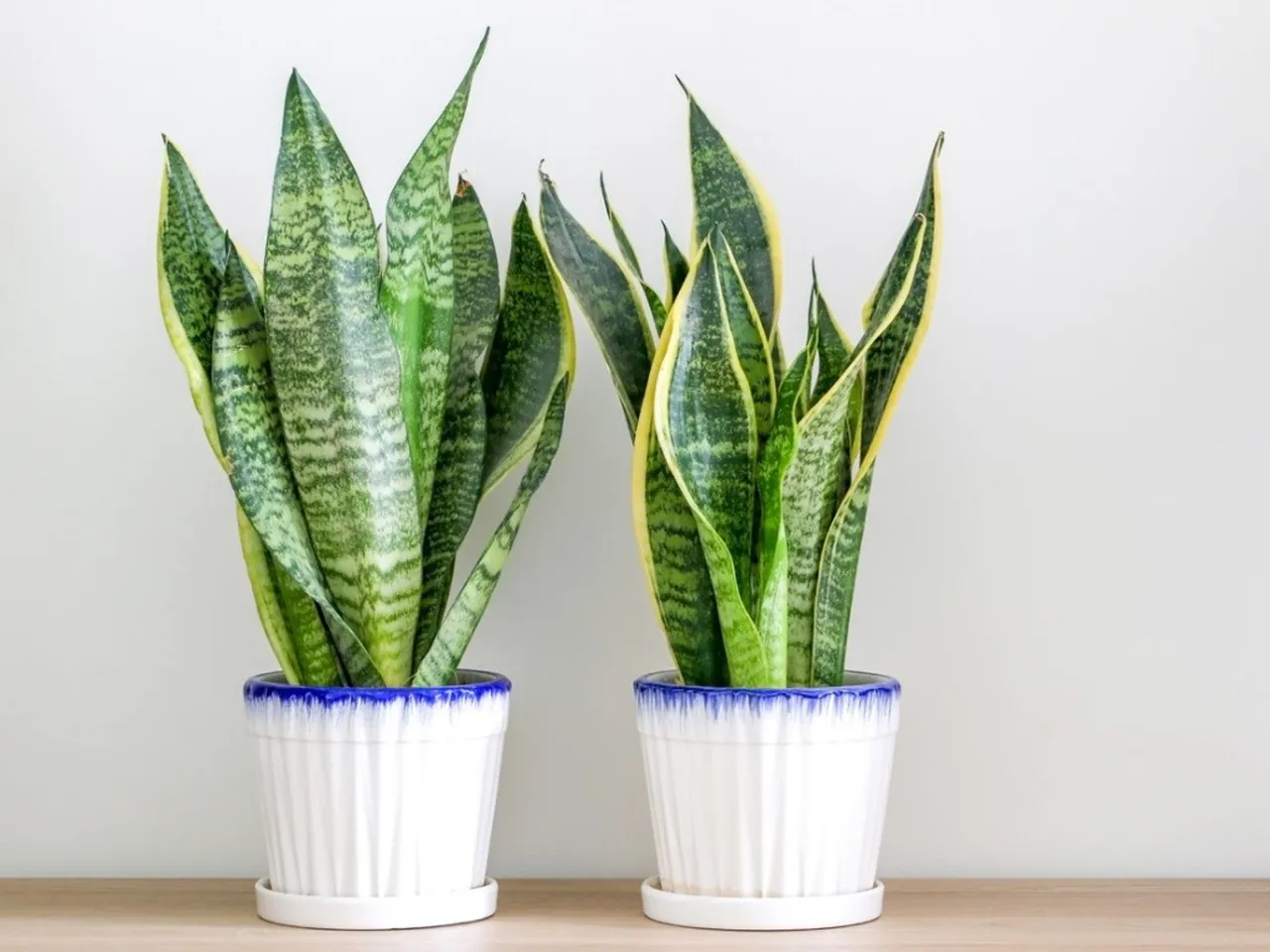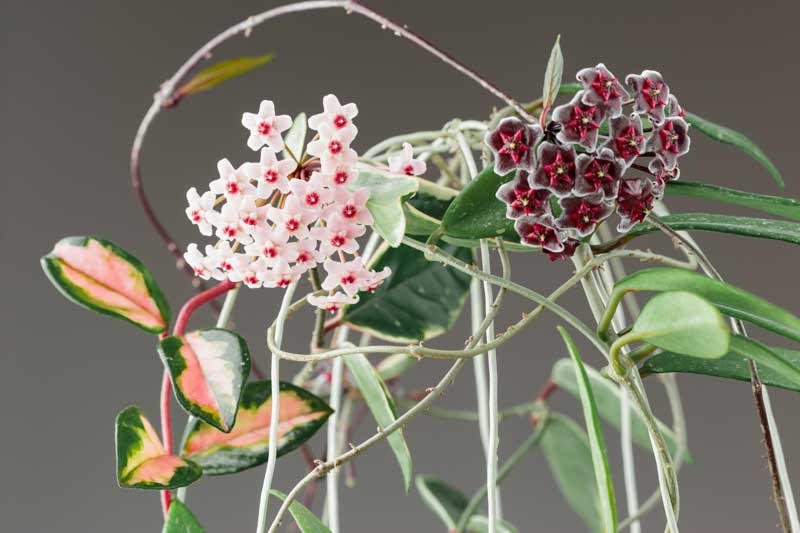How To Care For Bird of Paradise (Strelitzia reginae)
Bird of Paradise (Strelitzia reginae) is a stunning tropical plant that is native to South Africa. The plant gets its name from its unique flowers that resemble the plumage of a bird of paradise. The plant has become a popular choice for landscaping and indoor decoration due to its vibrant colors and exotic appearance.
In order to care for Bird of Paradise plants, it is important to provide them with the right conditions. These plants thrive in warm, humid environments with plenty of sunlight. They prefer well-draining soil and should be watered regularly, allowing the soil to dry out slightly between waterings. Fertilize the plants every few months with a balanced fertilizer to promote healthy growth.
One key aspect of caring for Bird of Paradise plants is pruning. Remove any dead or damaged leaves to encourage new growth and maintain the plant’s appearance. Additionally, periodically check for pests such as spider mites or mealybugs, and treat them promptly to prevent infestations.
Bird of Paradise plants can also benefit from being repotted every couple of years to provide them with fresh soil and room to grow. When repotting, choose a container that is slightly larger than the current one and use a well-draining potting mix to prevent root rot.
By following these care tips, you can enjoy the beauty of Bird of Paradise plants in your home or garden for years to come. With the right attention and maintenance, these tropical plants will continue to dazzle with their striking flowers and lush foliage.

How can I properly care for a Bird of Paradise (Strelitzia reginae)?
If you want your Bird of Paradise plant to thrive and flourish, it’s essential to understand the proper care requirements for this stunning tropical plant. From sunlight and watering needs to humidity levels and soil preferences, each aspect of caring for a Bird of Paradise plays a crucial role in ensuring its health and growth. In the following sections, we will delve into each of these factors in detail, providing you with all the information you need to care for your Bird of Paradise plant successfully.

Light and Temperature
The Bird of Paradise plant thrives in bright, indirect sunlight. It is best to place it near a window where it can receive plenty of light without being exposed to direct sunlight. A temperature range of 65-70°F (18-21°C) is ideal for the plant, so be sure to keep it away from drafts or heaters.
Watering
Water your Bird of Paradise plant regularly, keeping the soil consistently moist but not waterlogged. Allow the top inch of soil to dry out before watering again. During the warmer months, you may need to water more frequently, while in the winter, you can reduce the frequency of watering.
Humidity
The Bird of Paradise plant prefers a humid environment, so it is beneficial to mist the plant regularly or place a humidifier nearby. This will help prevent the tips of the leaves from turning brown and keep the plant looking lush and healthy.
Soil
Use a well-draining potting mix for your Bird of Paradise plant. A mix of peat moss, perlite, and sand works well to ensure good drainage and prevent water from sitting around the roots. Repot the plant every 2-3 years to refresh the soil and provide more room for growth.
Fertilizing
Feed your Bird of Paradise plant with a balanced, water-soluble fertilizer every 2-4 weeks during the growing season (spring and summer). Be sure to dilute the fertilizer to half the recommended strength to prevent burning the plant’s roots. In the fall and winter, you can reduce fertilizing to once a month.
Propagation
Bird of Paradise plants can be propagated through division or by seeds. Division is the easiest method and should be done when repotting the plant every few years. Simply separate the rhizomes into sections with roots attached and plant them in separate pots.
Pests and Diseases
Keep an eye out for common pests such as spider mites, mealybugs, and scale insects, which can infest Bird of Paradise plants. If you notice any signs of pests, treat the plant with insecticidal soap or neem oil. Avoid overwatering to prevent root rot and fungal diseases.
In conclusion, caring for Bird of Paradise (Strelitzia reginae) involves providing the plant with adequate light, water, humidity, soil, and fertilizer to keep it healthy and thriving.
1. How often should I water my Bird of Paradise plant?
You should water your Bird of Paradise plant whenever the top inch of soil feels dry to the touch. In general, this plant prefers evenly moist soil, but be sure not to overwater as it can lead to root rot.
2. What is the best location for my Bird of Paradise plant?
Your Bird of Paradise plant will thrive in a location with bright, indirect sunlight. It can also tolerate some direct sunlight, but be sure to protect it from harsh afternoon sun.
3. Do Bird of Paradise plants require any special fertilization?
During the growing season (spring and summer), you can fertilize your Bird of Paradise plant once a month with a balanced fertilizer. Be sure to dilute the fertilizer to half strength to prevent burning the roots.
4. How do I propagate my Bird of Paradise plant?
You can propagate Bird of Paradise plants by division or by seeds. Division is the easier method where you separate the new growth from the main plant and replant it in a new pot with fresh soil.
5. Why are the leaves of my Bird of Paradise plant turning brown?
Brown leaves on a Bird of Paradise plant can be a sign of underwatering, overfertilization, or low humidity. Check the soil moisture, adjust your watering schedule, and consider using a humidifier to improve humidity levels.
6. Should I prune my Bird of Paradise plant?
Pruning is not necessary for Bird of Paradise plants, but you can trim off any yellow or dead leaves to improve the overall appearance of the plant. Use clean, sharp scissors to avoid damaging the healthy foliage.
7. Are Bird of Paradise plants toxic to pets?
Yes, Bird of Paradise plants are considered toxic to cats and dogs if ingested. Keep them out of reach of pets and be cautious if you have animals that like to nibble on plants.
8. Can Bird of Paradise plants tolerate low light conditions?
Bird of Paradise plants prefer bright, indirect sunlight, but they can tolerate lower light conditions. However, they may not flower as well in low light and their growth may be slower.
9. How do I repot my Bird of Paradise plant?
Repot your Bird of Paradise plant every 2-3 years or when it becomes rootbound. Choose a pot that is 1-2 inches larger in diameter, use well-draining soil, and be gentle when repotting to avoid damaging the roots.
10. How can I encourage my Bird of Paradise plant to bloom?
To encourage blooming, make sure your Bird of Paradise plant is getting enough sunlight, proper watering, and occasional fertilization. You can also try allowing the plant to experience a cooler period in the winter to trigger blooming. Be patient, as it can take some time for the plant to produce flowers.
Conclusion
In conclusion, caring for a Bird of Paradise plant involves providing the right conditions for optimal growth and blooming. This includes placing the plant in a location with bright, indirect sunlight, regular watering to keep the soil moist but not waterlogged, and occasional fertilization during the growing season. Pruning dead or damaged leaves and flowers, as well as repotting the plant every few years, will help maintain its health and appearance. Additionally, protecting the plant from pests and diseases, such as scale insects and fungal infections, is crucial for its long-term success.
Overall, Bird of Paradise plants are striking additions to any indoor or outdoor space, with their vibrant blooms and distinctive foliage. By following these care tips and being attentive to the plant’s needs, enthusiasts can enjoy the beauty of Strelitzia reginae for years to come. Remember, each plant is unique, so observe how your Bird of Paradise responds to care practices and adjust as needed to ensure its continued health and vitality.


:max_bytes(150000):strip_icc():format(webp)/grow-fiddle-leaf-fig-indoors-1902756-hero-feca31e64e91430794e2bdcc9fa1e901.jpg)



